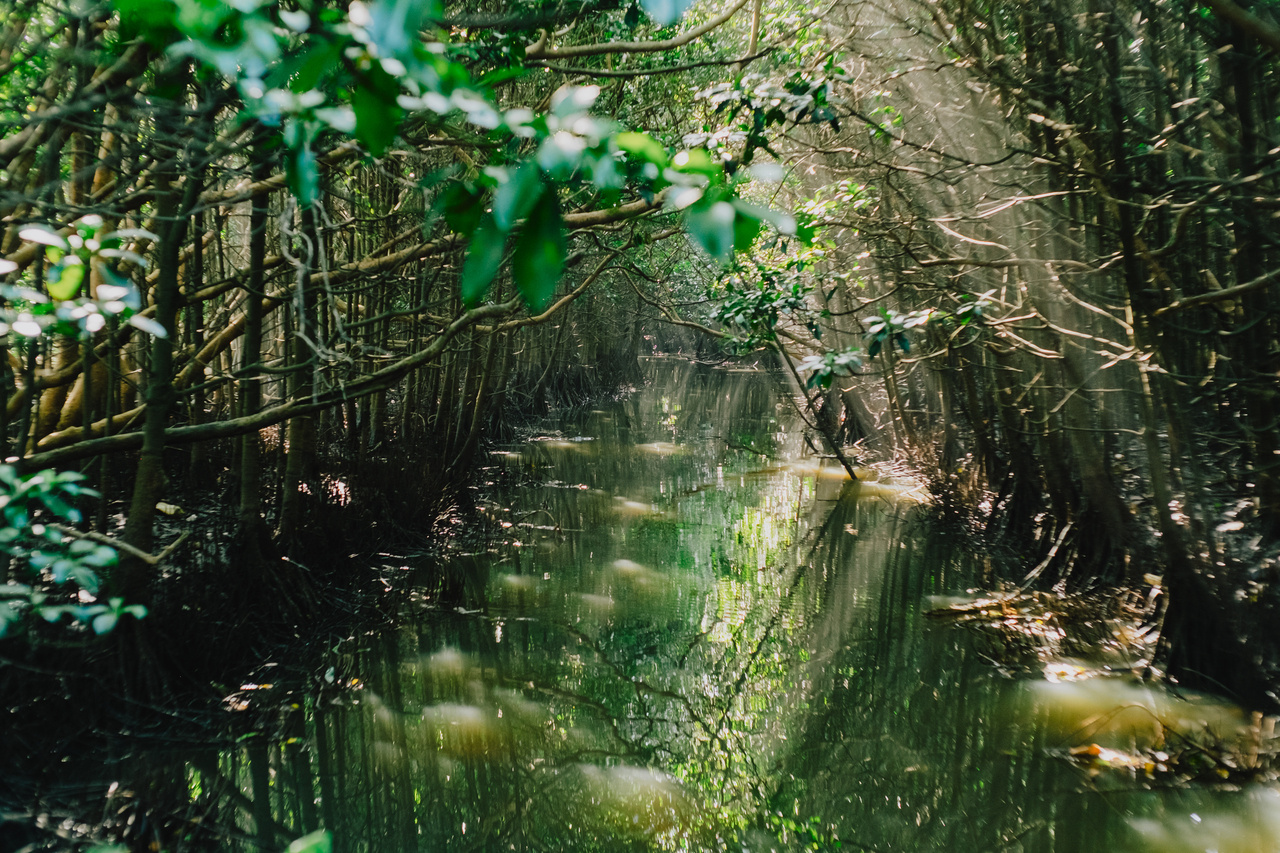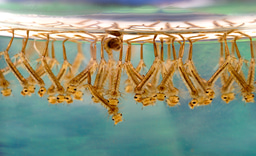Mangroves and Malaria: Rethinking Risk in Coastal Ecosystems
Published in Biomedical Research

One Health, Mangroves and Malaria
Vector and waterborne disease control is being reshaped by ecological and climatic change. Climate-driven shifts in temperature, rainfall and coastal dynamics alter vector habitats and seasonality, while biodiversity loss can reconfigure predator–prey and host–vector networks—sometimes reducing natural controls and sometimes creating new transmission niches. Changes in water characteristics such as salinity, and in human–water contact through flooding or drought, further modify exposure and vector–parasite interactions. These realities reinforce a One Health framing that links human health to ecosystem and animal health. Mangrove forests exemplify this complexity: they deliver coastal protection, carbon sequestration and biodiversity benefits, yet their role in malaria ecology—particularly for saltwater‑tolerant vectors—has been poorly quantified. The new preprint by Cruz‑Laufer et al. offers the first continent‑scale analysis of mangrove extent and condition in relation to malaria prevalence across Africa’s coastal settlements.
The approach
The authors combined remotely sensed and epidemiological datasets across 27 African coastal countries and analysed relationships using piecewise structural equation models (SEMs) to capture direct and indirect pathways linking mangrove attributes, climate and human factors to malaria prevalence. Key data inputs included: Malaria Atlas Project (MAP) prevalence estimates (1996–2020) focused on Plasmodium falciparum; mangrove land‑cover layers (1996, 2007–2010, 2015–2020); NDVI as a proxy for mangrove vegetation health (2000–present); climate anomalies (temperature and precipitation during surveys and lagged 6‑month values); and human impact covariates (population density, agricultural land cover). Spatial sensitivity was tested by calculating mangrove metrics at radii from 1–40 km around settlements, with strongest model support near 23 km.
Key takeaways
- Mangrove extent reduces malaria prevalence: areas with greater mangrove land cover showed lower malaria prevalence at coarse spatial scales (e.g., 40 km radius). Possible mechanisms include a reduced pool of vector species limited to saltwater-tolerant mosquitoes, lower vectorial capacity of some saltwater Anopheles, increased predation on larvae, and shading effects that slow larval development.
- Mangrove condition ("health") increases malaria prevalence: higher NDVI (greener, denser mangroves) was associated with increased malaria prevalence at finer spatial scales (e.g., ~3 km). This suggests that healthier, more structurally complex mangroves can support greater mosquito abundance and diversity, potentially amplifying transmission.
- Climate signals matter. Temperature anomalies during survey periods were positively associated with prevalence; precipitation anomalies showed a negative association, while lagged precipitation (6 months prior) had a positive association—indicating delayed ecological responses.
- Human landscape effects. Higher population density correlated with higher malaria prevalence; greater agricultural land cover correlated with lower prevalence, possibly reflecting habitat alteration that reduces suitability for certain vectors.
Reframing mangroves
The study reframes mangroves as ecologically ambivalent with respect to malaria risk: extent appears protective while mangrove “health” can be amplifying. This duality aligns with current thinking that biodiversity–disease relationships are non-linear, complex, context dependent and mediated by community structure and species roles rather than by species counts alone.
The study has several important limitations that point to future research needs: remote‑sensing proxies such as NDVI and land‑cover layers cannot fully capture habitat complexity or biodiversity and should be complemented by field‑based habitat and species surveys; malaria prevalence here relies on modelled MAP estimates rather than direct case counts, so local ground‑truthing with routine surveillance would strengthen inference; there is a clear entomological gap—species‑level mosquito sampling and data on vector competence and behaviour for saltwater‑tolerant taxa are lacking; the SEM framework identifies associations and plausible pathways but cannot establish causality, and effects vary with spatial scale and landscape configuration; finally, results are specific to African coastal settlements and should be tested in Asia and the Americas where saltwater vectors occur.
Looking Ahead: Research and Policy Needs
While the study provides a continent-wide perspective, it also highlights the need for more localized research. Understanding how specific mangrove types, mosquito species, and human activities interact will be key to refining management strategies.
Moreover, the findings may be relevant beyond Africa. Saltwater-tolerant mosquitoes are known malaria vectors in Asia and the Americas, and similar dynamics could exist in those regions. As climate change alters coastal ecosystems and vector distributions, the role of mangroves in disease ecology may become increasingly important. The findings align with broader calls to embed ecological and social dimensions along with brackish water surveillance and innovative research & development into malaria control as climate change alters vector distributions and coastal ecosystems (see Nature Outlook: Malaria).
Practically, the results argue against mangrove removal as a vector control strategy and instead support integrated approaches that combine conservation with targeted vector management where dense vegetation supports vector populations. The study adds weight to the argument that vector management must be context-specific, particularly in ecologically sensitive areas.
This blog was initially drafted with the assistance of CoPilot, I then edited and expanded sections, bringing in additional references. I subsequently had to ask CoPilot to help me shorten the very long article I had created.
Image: Dappled sunlight through mangrove trees near Umgeni River in Durban South Africa Attribution: Rudantu, CC BY-SA 4.0, via Wikimedia Commons
Follow the Topic
-
BugBitten

A blog for the parasitology and vector biology community.



Please sign in or register for FREE
If you are a registered user on Research Communities by Springer Nature, please sign in
there is such a fine balance between mangroves promoting or suppressing malaria vectors. What an interesting read!